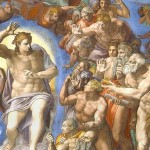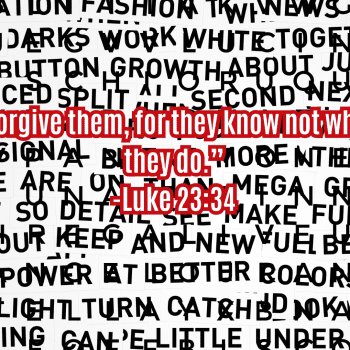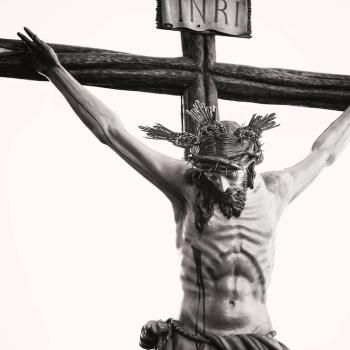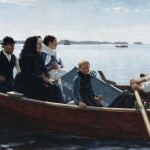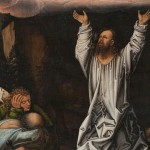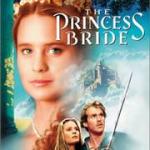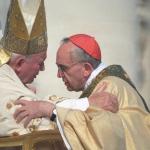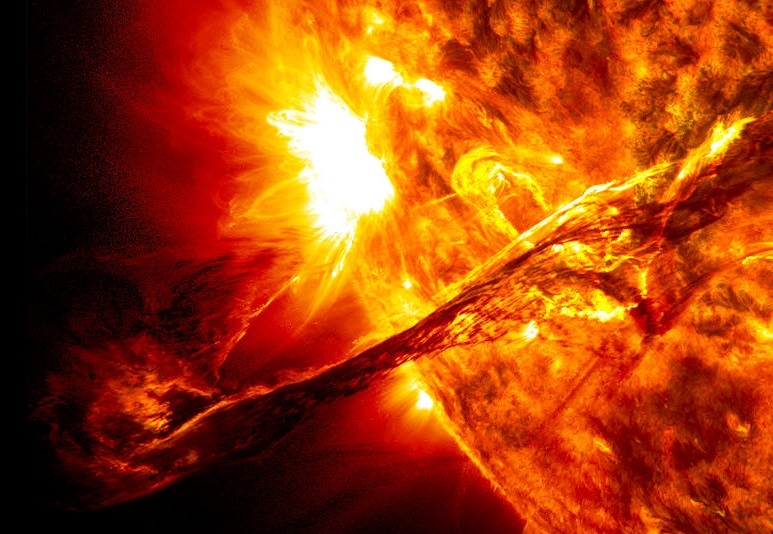
We now know the universe began with a bang, even if it might end in a whimper.
The ancient view of the cosmos was based upon the higher spheres of existence being analogously reflected in the lower spheres all the way down to rocks (and lawyers).
This meant that there was a great chain of being that potentially connected every being through a kind of ladder of actualization with the highest rung in the created order occupied by the angels.
In this scheme humans occupied a special mediating role between the material and spiritual universes. Modern human beings have no special role, other than binge drinking and being replaceable cogs in the economy (the two activities are not unrelated).
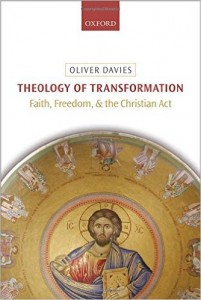
The ladder fell apart in the early modern period (17th century) when the notions of higher and lower were expunged from both science and, for the most part, philosophy. The shift depended upon a switch from a qualitative analysis to a quantitative analysis. Matter, wherever it came from, was by theoretical fiat assumed to be uniform, thereby effectively eliminating the ability to distinguish between cabbage and the human brain.
This modern shift got rid of many pseudo-problems of scholasticism and helped to fuel an explosion of technological innovation. It also simultaneously created a fair amount of its own pseudo-problems and the innovation has led us to the brink of environmental disaster, according to Benedict XVI. One of the major pseudo-problems was solving the mind-body puzzle of how a humanity that is composed of the same stuff as the rest of the cosmos stands outside of the cosmos by being able to analyze and manipulate it (see especially: Nagel’s Mind & Cosmos).
Luckily, as Oliver Davies has pointed out at length, we are on the cusp of a Second Scientific revolution that has the potential to reconnect humanity back to the rest of creation, while at the same time allowing the conceptualization of how humans are qualitatively different from the rest of creation.
The Telegraph, among many others, reports on a recent scientific finding that eclipses the early modern understanding of matter as inert and potentially reinserts the human microcosm back into the macrocosm:
Human life begins in bright flash of light as a sperm meets an egg, scientists have shown for the first time, after capturing the astonishing ‘fireworks’ on film.
An explosion of tiny sparks erupts from the egg at the exact moment of conception.
Scientists had seen the phenomenon occur in other animals but it is the first time is has been also shown to happen in humans.
Not only is it an incredible spectacle, highlighting the very moment that a new life begins, the size of the flash can be used to determine the quality of the fertilised egg.
Fascinating, isn’t it? We have the Big Bang, first put forward by a Catholic priest, reflected at the moment when human life begins. Now take a look at the fertilization of a human egg happening:
I’m reminded here of a passage from Pierre Teilhard de Chardin’s Toward the Future:
The day will come when, after harnessing space, the winds, the tides, and gravitation, we shall harness for God the energies of love. And on that day, for the second time in the history of the world, we shall have discovered fire.
As usual his thinking is a little bit sloppy. Plenty of mystics and ordinary believers (there’s usually nothing ordinary about them) have already discovered and harnessed, or rather, have been harnessed, by this fire. It’s called the Holy Spirit.
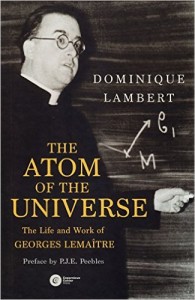
Anyway, as Czeslaw Milosz argued in The Land of Ulro, science and theology need each other, because they can only address the mystery of man’s place in the universe together. It seems that recent discoveries in biology, physics, and especially neuroscience are beginning to move us away from the modern picture of nature as a mindless mechanism toward an after-modern poetic picture of nature as intelligent and many-tiered–with the various tiers interacting with each other in highly creative ways (R.G. Collingwood’s The Idea of Nature predicted and described this shift nearly 100 years ago).
Just take a look at How Forests Think if you don’t believe how drastically our understanding of the world is shifting. The general axiom is that it takes scientific shifts and discoveries about two hundred years to percolate down into the general population (an some scientists have the temerity to claim priests kept people in ignorance to profit from their ignorance!) Let’s hope the shift won’t come too late.
Here’s a poetic take to-go from Lanois’s album Shine to keep you warm the rest of the day:
If you thought this post is about sexuality (perv) then you might want to read Sexuality is at the Heart of Christianity’s Place in the World
Stay in touch! Like Cosmos the in Lost on Facebook:
Please also consider making a donation to this blog through the donation button on the upper right side of its homepage.


